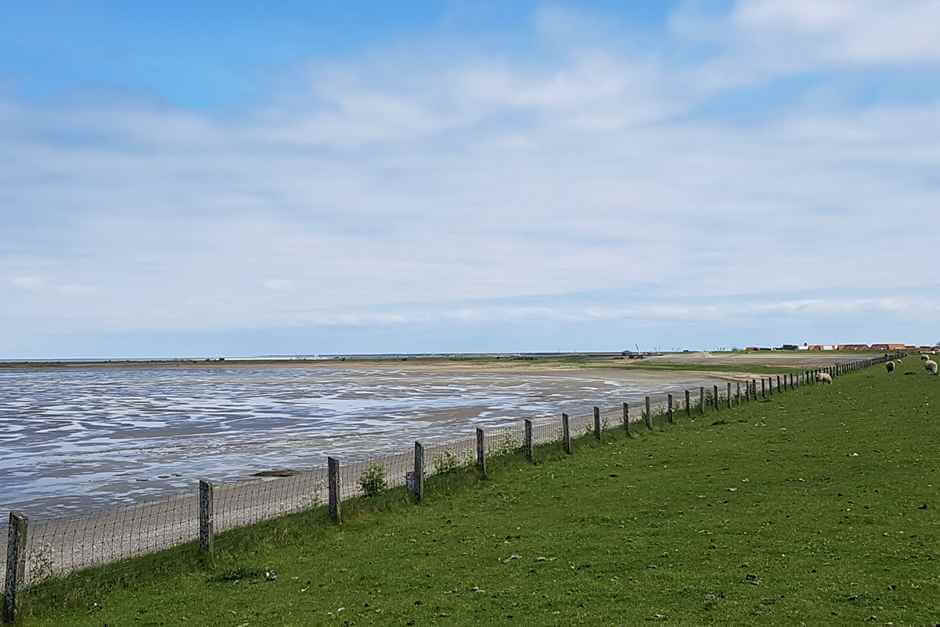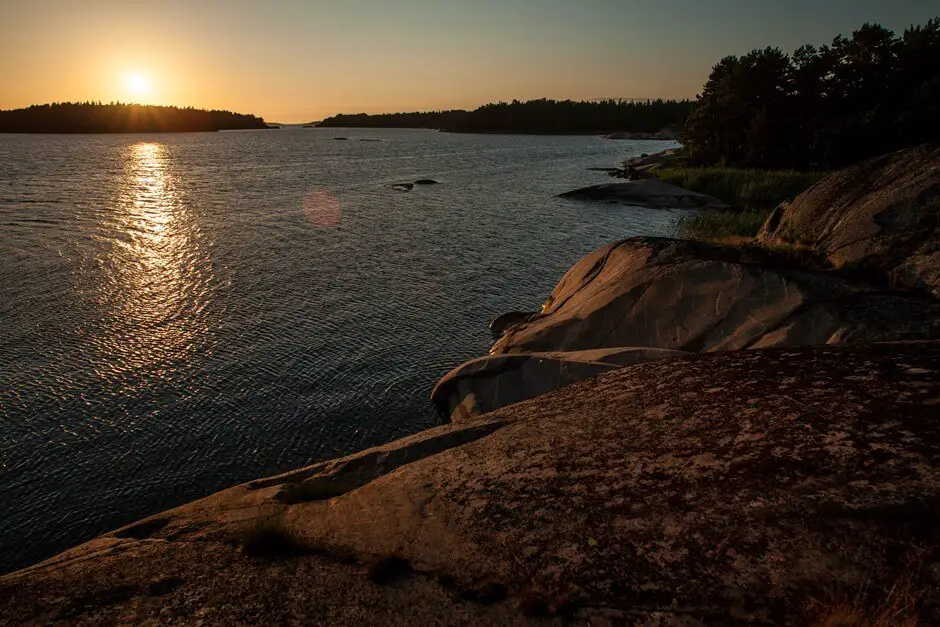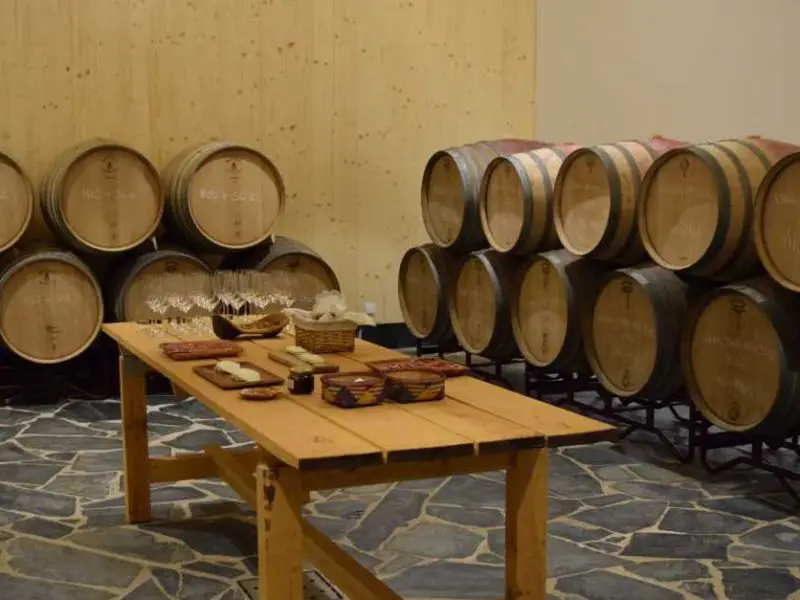(Advertisement) Sustainable travel is becoming increasingly important for many holidaymakers. More and more people are using vehicles that emit less CO2 when they travel. Trains are of course particularly popular.
Apart from that, many regions and travel destinations have adapted to the conditions of climate change: eco-hotels and sustainable campsites, entire cities that are massively reducing electricity consumption and nature reserves that are being extensively reforested are booming. The most beautiful places for sustainable tourism can be found below:
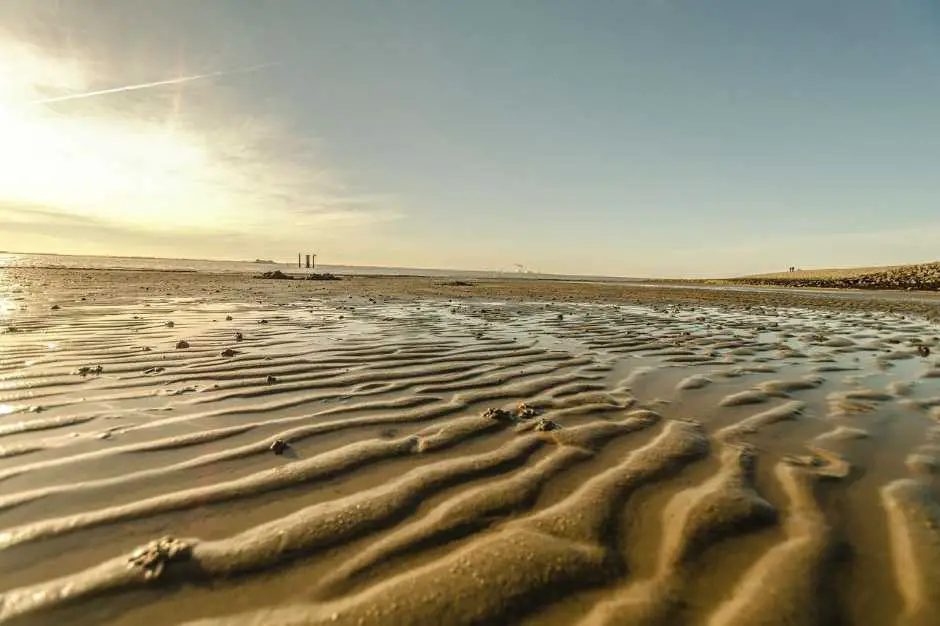
1. Travel sustainably in the Wadden Sea
Sustainable tourism has been a priority on the North Sea coast for a long time. For well over 30 years, the Wadden Sea is the focus and is protected as a national park in Lower Saxony and Schleswig-Holstein. Gentle tourism can lead holidaymakers to East Frisia, for example, where the Wadden Sea Conservation Station and the National Park Houses work intensively to preserve nature. The money from tourist taxes often goes directly to various environmental protection projects. Norden-Norddeich, far to the west, is particularly recommended, where hotels and holiday buses consistently reduce CO2. On islands such as Juist, car-free travel is even the order of the day.
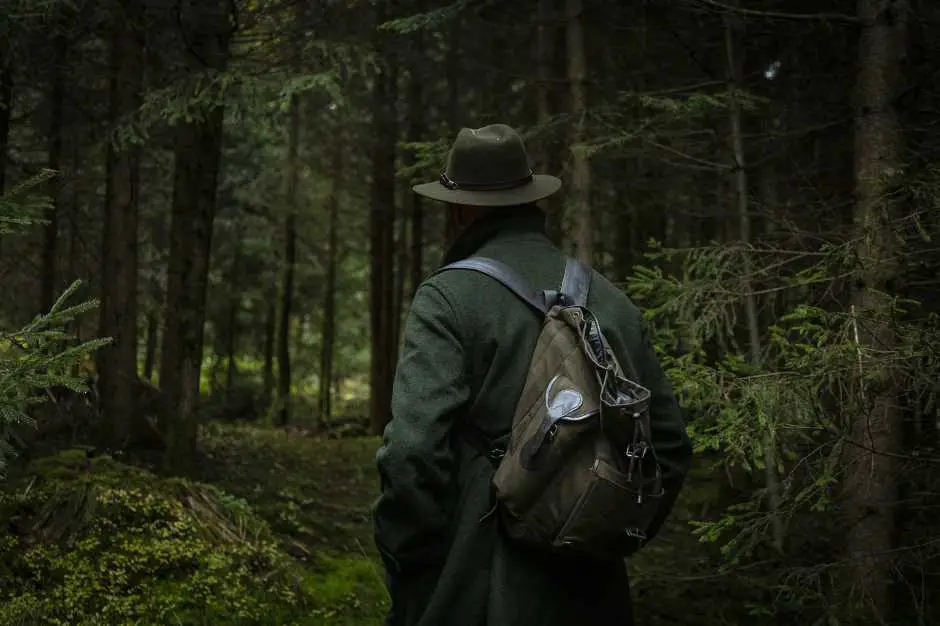
2. The Black Forest
Nature lovers have long been Schwarzwald discovered for themselves. Especially in the southern part of this low mountain range there are protected nature parks that can be easily explored by e-bike. Freiburg is a good starting point for gentle tourism. The green-governed city has already designed many buildings to be climate-neutral. You can quickly get up into the mountains by e-car, by bike or on foot, for example to the Schauinsland. There are also environmentally friendly paths and sustainable accommodations around Schluchsee and Titisee. Schönau is also noteworthy, where a citizens' initiative has bought the power grid and supplies it 100 percent with renewable energy.
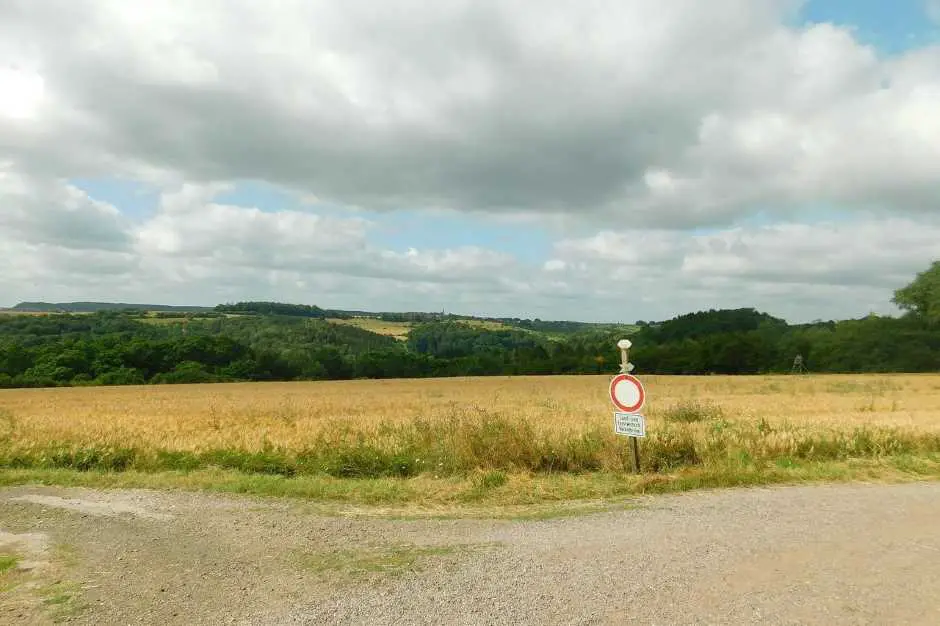
3. The Bliesgau Biosphere Reserve
In Saarland, the UNESCO Bliesgau Biosphere Reserve a real insider tip for sustainable tourism in Germany. During a visit, you can observe wild animals such as beavers and little owls in the wild. The region is committed to biodiversity and was even nominated for the German Sustainability Award in 2018. The reason for this is that the local hotels and restaurants also comply with the reserve's requirements and operate in a climate-neutral manner. High-quality organic products can be found on the menus and in shops. The proximity to Saarbrücken is also an advantage. By train, vacationers only need half an hour to get to the Bliesgau.
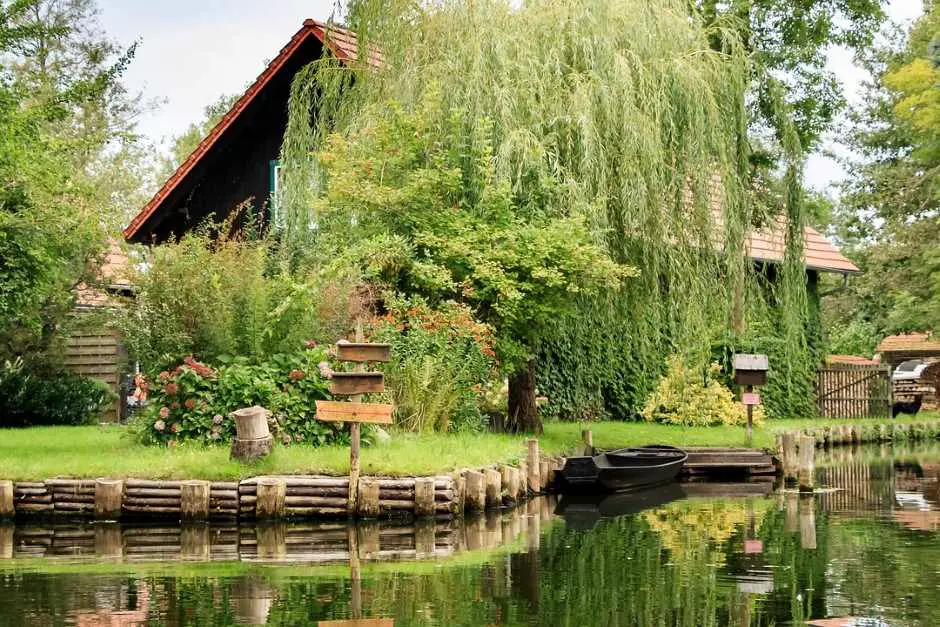
4. Travel sustainably in the Spreewald
The Spreewald is one of the most popular sustainable travel destinations in the Berlin area. From the capital, you can easily reach cities such as Lübbenau and Lübben by train in just over an hour. Once there, sustainable explorers switch to the barge. The boats are usually powered by muscle power and long poles. This means that no artificial energy supply is required and you can enjoy nature in peace and quiet. The fact that there are no engines roaring here is also noticeable in the form of fresh air. You can also feel this at the sustainable campsites.
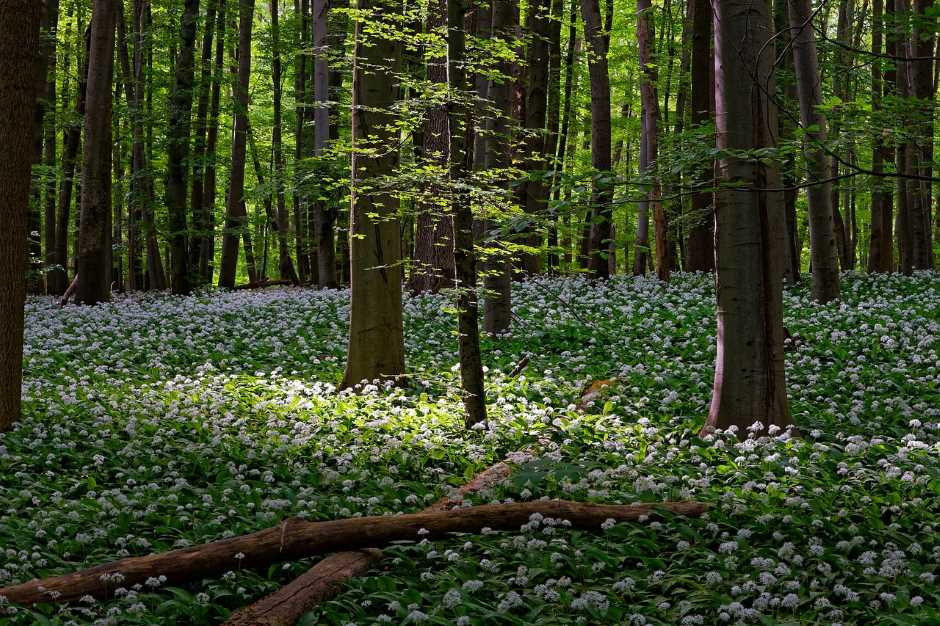
5. The Hainich National Park
The Hainich National Park has one of the few well-preserved beech forests in Germany and is therefore worth a visit for nature lovers. The treetops can be viewed from the treetop path, which is located near the Thiemsburg. There is a forester's house attached to it, which provides information about the region's nature. The Hainich is also a place where you can learn how to deal with nature better. Guided tours and seminars are offered. The nearest towns are Eisenach, Bad Langensalza and Mühlhausen.
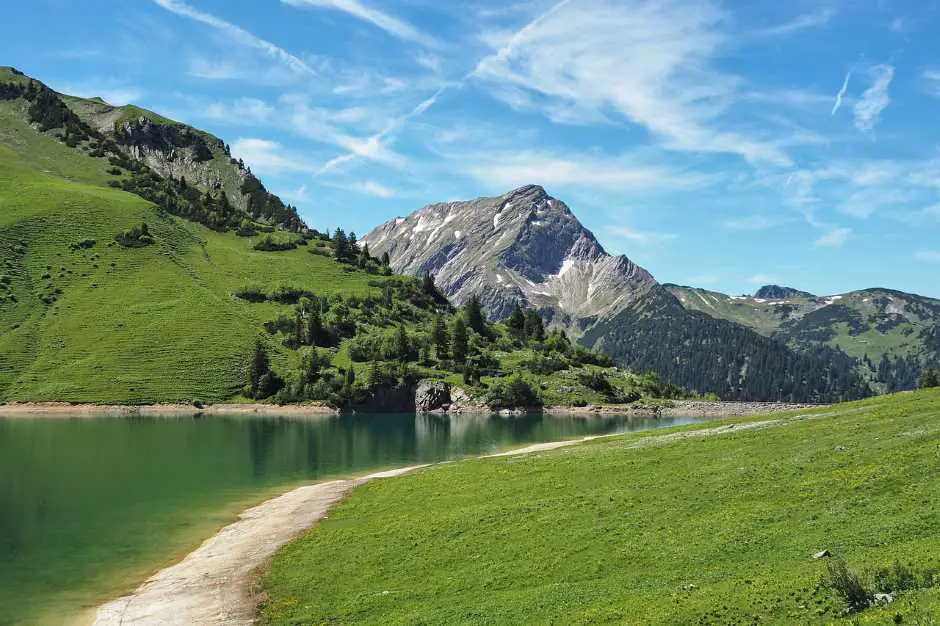
6. The Allgaeu
Im Allgäu People have lived closely with nature for centuries. Protecting the environment has a lot to do with farming methods in the mountains. In summer, cows are allowed to roam the alpine meadows and in autumn they are ceremoniously returned to the stables. The PIA Förderverein, which promotes permaculture in Bavaria, is fighting for a sustainable Allgäu. Up to 100 farms are dedicated to the environmentally friendly concept. Vacationers can visit these places, learn more about the system and even stay overnight there.
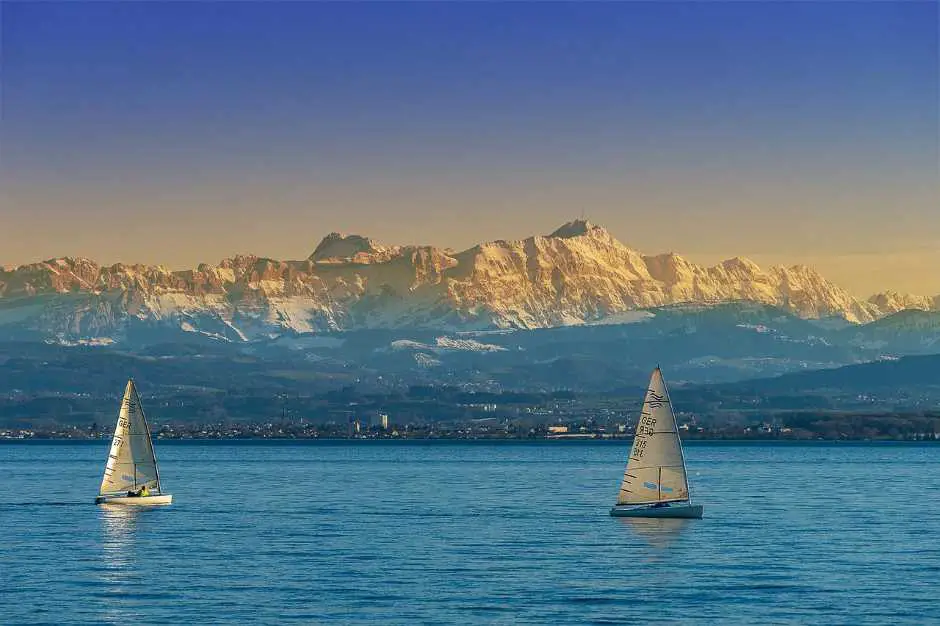
7. Sustainable travel at Lake Constance
The Lake Constance is Germany's largest inland body of water and is comprehensively protected by numerous initiatives. The region awards the "Really Sustainable" label to recognize companies that operate in an ecological and climate-neutral way. This includes certain riverbank areas and campsites, markets with regional farmers' products, as well as mobility options. The best way to travel in a climate-friendly way is to use the train near the riverbank and the bicycles that can be rented in many places.
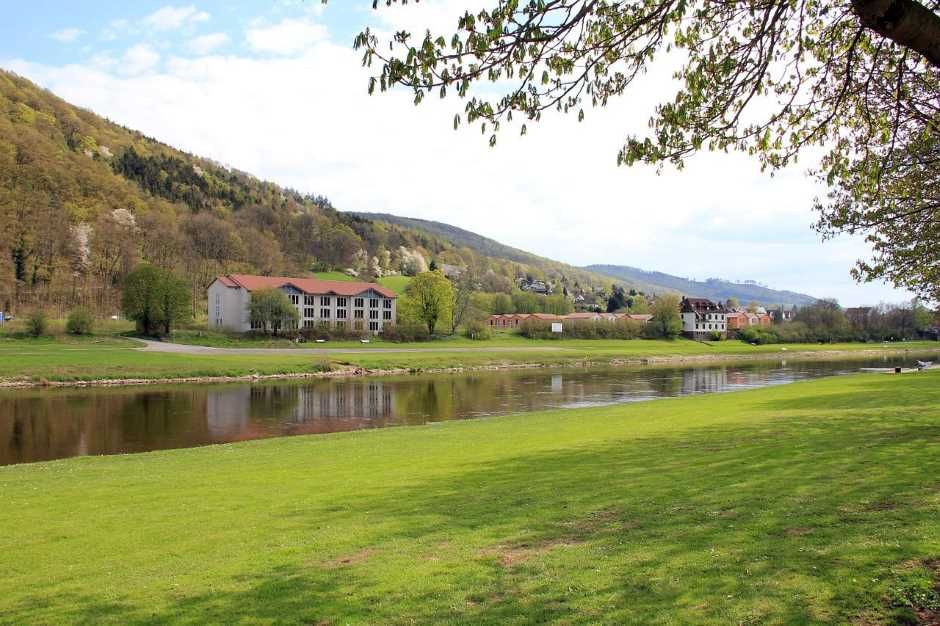
8. The Weser Uplands
In Lower Saxony you can take a sustainable journey by train to Weserbergland The mountain range stretches between Stadthagen, Hameln and Bückeburg. These places are easily reached by Deutsche Bahn and Westfalen Bahn from Bielefeld and Hanover. The nature park has numerous educational and adventure trails as well as various nature learning centers. The most beautiful adventure sites for adults and children include the Feggendorfer Stolln, the Möllenbeck boulder garden and the Wilhelmshof Feggendorf.
Germany, that's for sure, is gradually becoming sustainable. It is precisely the national parks and nature reserves that limit sensational tourism and want to ensure that visitors slow down. Travel should be slower and more conscious. Nature wants to be enjoyed and protected at the same time. Across the country, you can easily reach many sustainable travel destinations by environmentally friendly train, e.g. B. the Black Forest, the Wadden Sea, the Spreewald and Lake Constance.
Do you know this?
- Slow travel in Schleswig-Holstein
- Wellness oasis in the Spreewald Therme in Burg
- Spreewald Holiday: Highlights in Lübben, Lübbenau and Burg
- Restaurants in the Spreewald
- Kleinwalsertal Vorarlberg
Text: Sustainable travel in Germany: Copyright Omio
Photos: Pixabay
